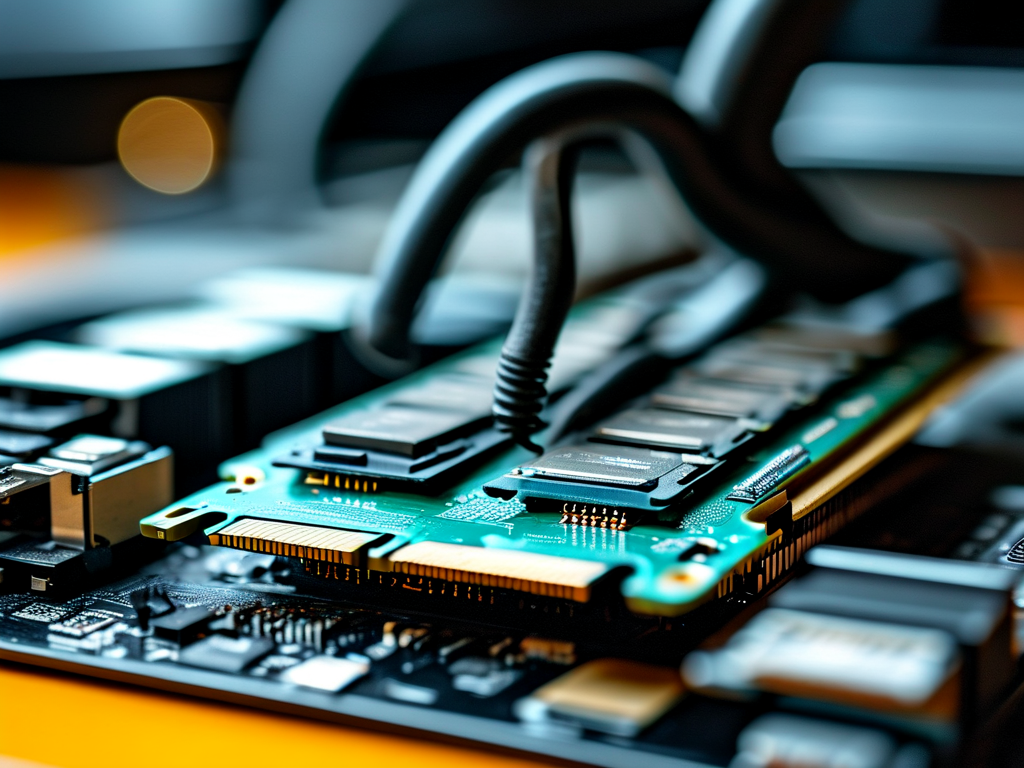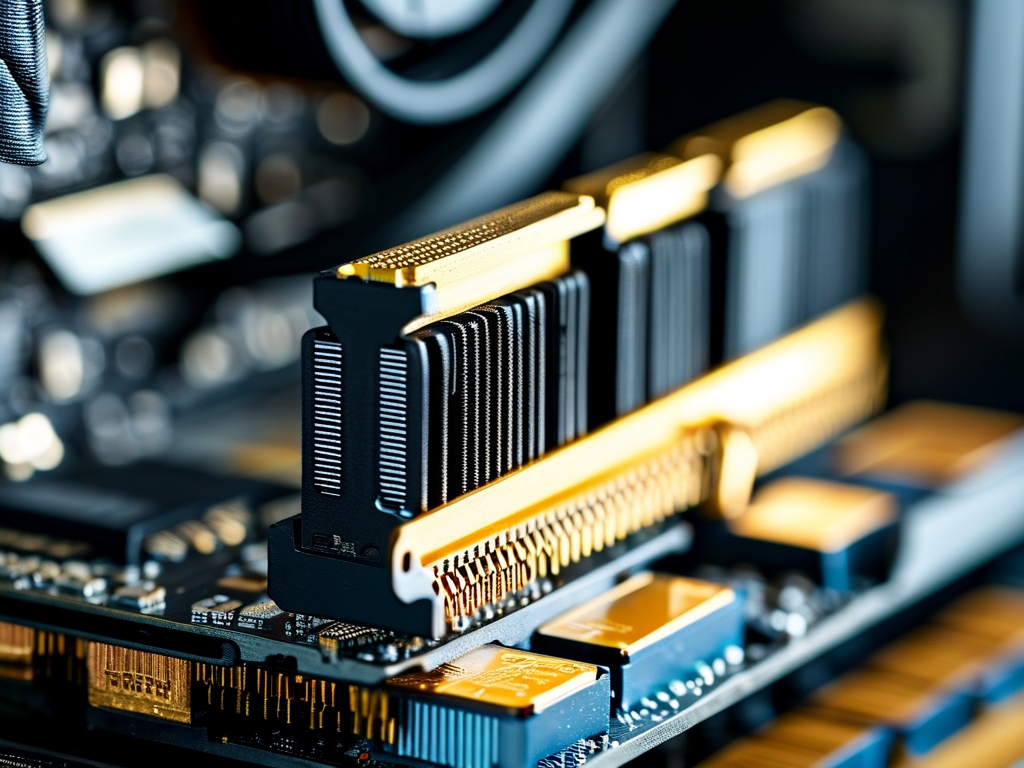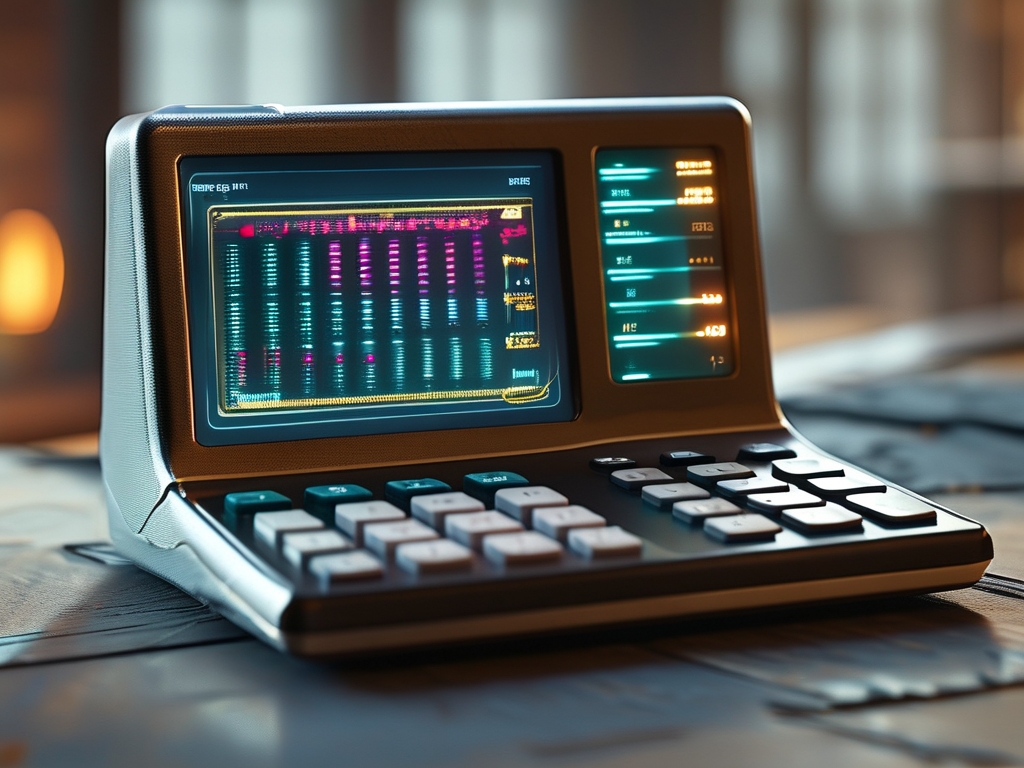Upgrading a computer’s memory (RAM) is one of the most effective ways to improve system responsiveness and multitasking capabilities. Whether you’re a casual user experiencing slowdowns or a professional running resource-intensive applications, expanding your RAM can deliver noticeable performance gains. This guide explores practical methods to install additional memory while addressing compatibility considerations and best practices.
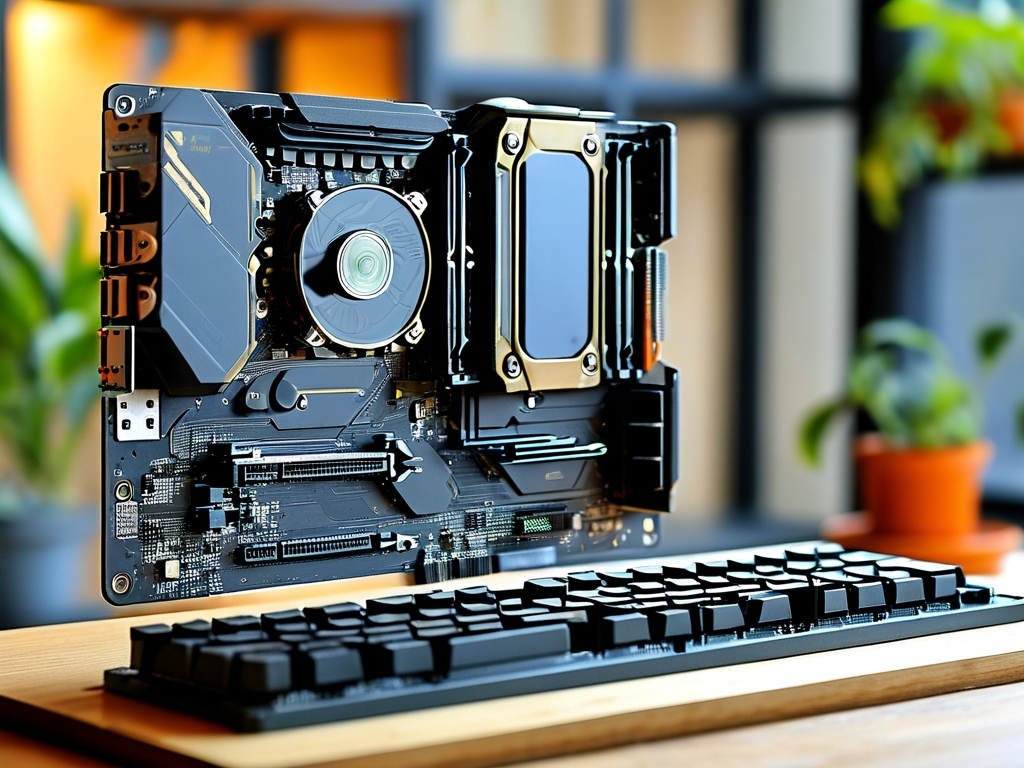
Understanding RAM Compatibility
Before purchasing new RAM modules, verify your system’s specifications. Modern computers typically use DDR4 or DDR5 memory, while older systems may require DDR3. Tools like CPU-Z (a free utility) can identify your current RAM type, speed, and motherboard slots. For example, if your system uses DDR4-3200, any new sticks should match this speed to avoid underperformance. Additionally, check the maximum supported RAM capacity in your motherboard’s manual—exceeding this limit may cause instability.
Selecting the Right Memory Modules
When buying RAM, prioritize matched kits (e.g., dual-channel pairs) for optimal performance. Mixing different brands or speeds can work but might force all modules to operate at the lowest common speed. For gaming PCs or workstations, 16GB has become a standard baseline, though 32GB is recommended for video editing or virtual machines. A user upgrading an older office PC might find 8GB sufficient for basic tasks.
Installation Step-by-Step
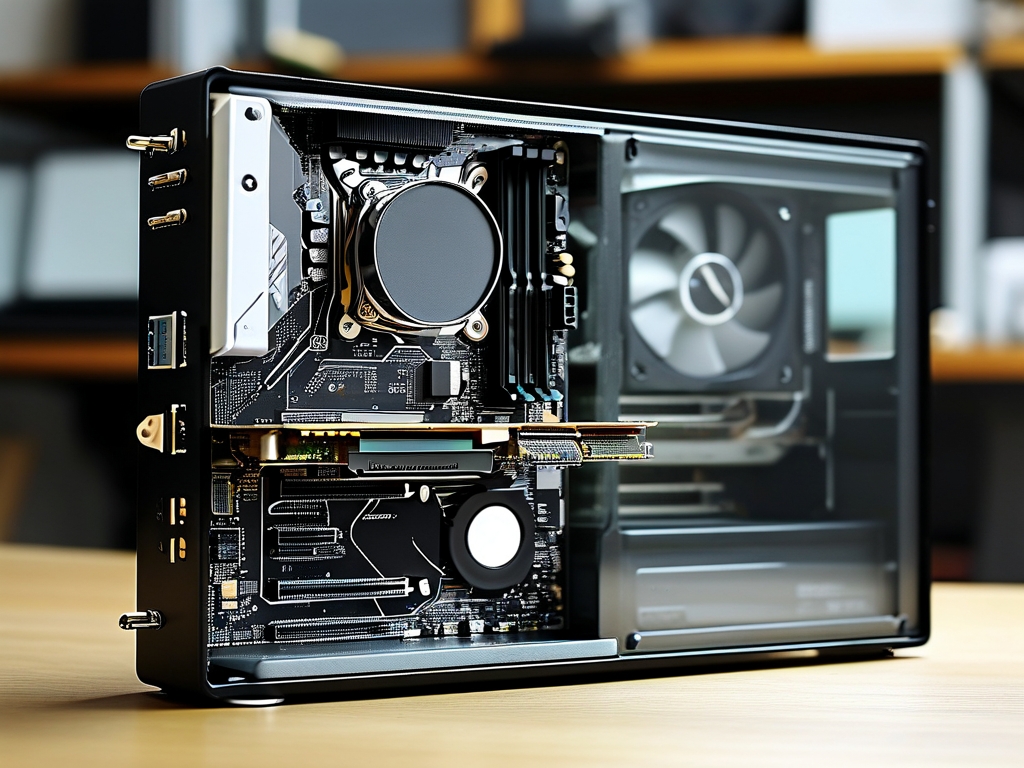
- Power Down and Ground Yourself: Shut down the computer, unplug all cables, and touch a metal surface to discharge static electricity.
- Access Memory Slots: Desktop users can remove the side panel, while laptop owners may need to open a dedicated compartment (consult device manuals).
- Insert Modules: Align the notch on the RAM stick with the slot key. Apply firm, even pressure until the side clips snap into place. For laptops, modules often insert at a 45-degree angle before being pressed down.
- Post-Installation Check: Reconnect power and boot the system. Verify recognition in the BIOS/UEFI or through the OS (Windows: Task Manager > Performance tab; macOS: About This Mac > Memory).
Troubleshooting Common Issues
If the system fails to boot after installation:
- Re-seat the RAM sticks, ensuring full insertion.
- Test modules individually to identify faulty hardware.
- Reset BIOS settings to default if overclocking profiles cause conflicts.
Alternative Optimization Strategies
For systems with soldered RAM (common in ultrabooks), hardware upgrades aren’t feasible. In such cases:
- Use lightweight software alternatives (e.g., LibreOffice instead of Microsoft Office).
- Increase virtual memory allocation via system settings (Windows: Advanced System Settings > Performance Options).
- Close background applications using Task Manager or Activity Monitor.
Cost-Benefit Analysis
RAM prices fluctuate based on capacity and generation. As of 2023, 16GB DDR4 kits average \$50-\$70, while DDR5 modules start around \$100. Compare this to the cost of a new computer—a \$60 upgrade could extend a machine’s lifespan by 2–3 years. However, systems with outdated processors or storage drives may not benefit proportionally from RAM upgrades alone.
Environmental Considerations
Recycling old RAM responsibly prevents e-waste. Many manufacturers and retailers like Best Buy offer recycling programs. Functional modules can also be repurposed in secondary devices or donated to schools/community centers.
By following these guidelines, users can successfully enhance their computer’s memory while avoiding common pitfalls. Always cross-reference hardware specifications and consider professional assistance for complex systems or warranty concerns.



